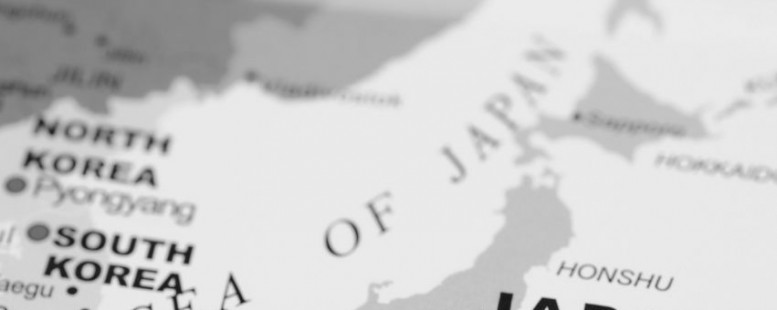Our Opinion: 2014
Is Japan changing?

Is there real change underway? Probably. If so, what is causing it? Hard to tell.
The banking crisis is certainly over, so lending and confidence are rising. The Prime Minister, Shinzo Abe, is trying to create inflation, with a target of 2% by 2015, and growth after decades of deflation. He is doing this by blending structural reform with monetary and fiscal policy.
In the last three months of 2013, Japan’s GDP grew by a disappointing 1% annualized – much less than Abe hoped and analysts expected. Household spending was only up 0.5%. Exports haven’t been rising anything like as fast as one would expect, given the week Yen. And despite putting huge pressure on corporations, wages haven’t risen much either.
The Bank of Japan thinks it is ‘almost on track’ to reach its 2% target. Critics say this is all down to import price inflation (as more money has been printed, the currency has fallen, making imported goods more expensive, thus rising inflation). That is an entirely reasonable interpretation. However, Abe believes that if prices rise, the rest should follow.
The spring wage negotiations will be interesting. Toyota, Honda and Toshiba have all given workers their first increases in base pay since 2008. The rises are small but they are important since (unlike bonuses) they can’t be taken away next year.
The more wages and inflation rise, the more likely the Japanese are to get spending again (and investing in their stock-market).
Property is also providing positive news. The massive QE (Quantative Easing) programme in Japan has pushed up prices of real assets. For the first time since 2007, land prices in the three major Japanese cities rose. Prices, generally, have fallen almost every year since 1990.
Property increases should provide a big, psychological boost to the Japanese consumer. In the US, a rise in the stock market makes people feel richer, and gets them shopping. In Japan, retail investors own only 20% of the market. So, like in Britain, a rise in property prices is a better way of getting the job done.
Two things drive markets – valuations and money flows.
Valuations are not at the rock-bottom levels we saw a few years ago, but they aren’t high either. Corporate earnings are rising nicely.
As for money flows, QE is the biggest driver of liquidity imaginable. In the UK and US, it has driven up prices of real assets (particularly property and stocks). It is likely to do the same in Japan. Albert Edwards at Societe Generale says that Japan’s new leaders are ‘”absolutely committed” to printing money until they get inflation.
Buying Japan is not the one-way bet it was a few years ago. The easy gains from ultra cheap valuations have been banked. But, with reasonable valuations, the potential of a wave of domestic money entering the market and the near certainty of more Quantative Easing to come, the market should confirm that Japan is finally changing and economic confidence is returning.
